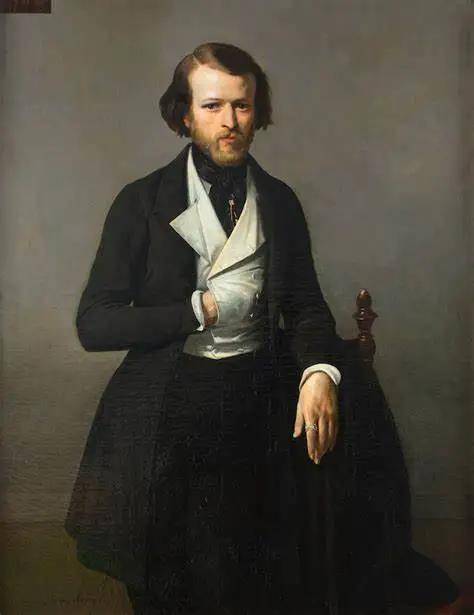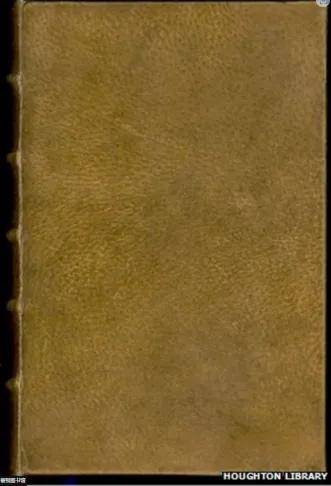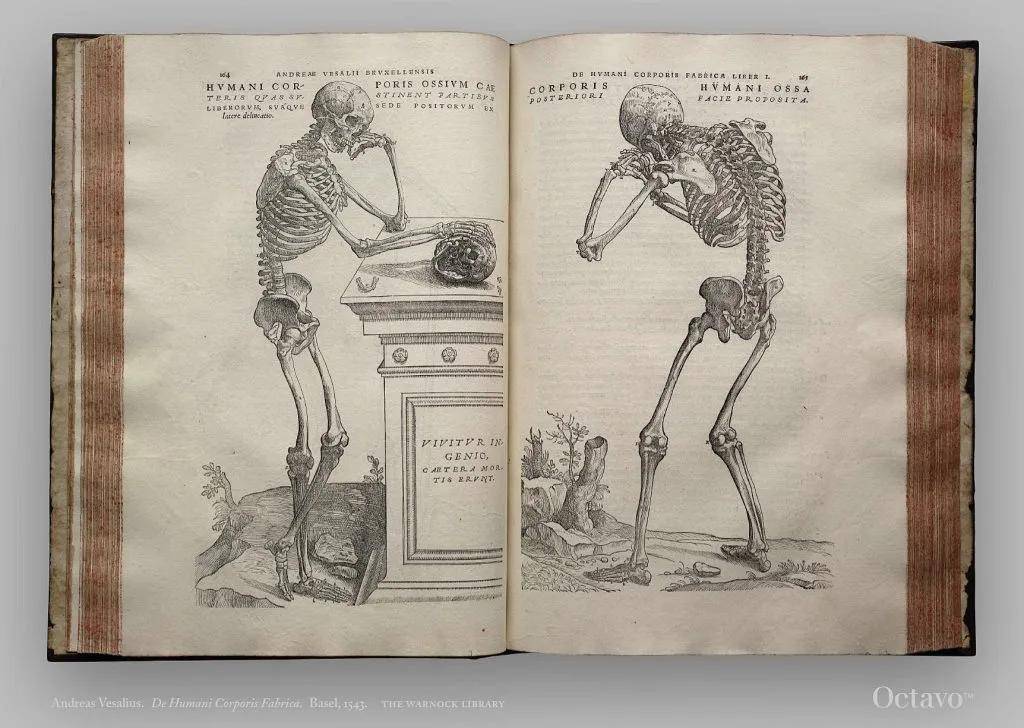原标题:哈佛大学下架人皮书 该书充满了道德争议
你有没有想过人皮竟然还能用来装订书籍?!
近日,哈佛大学从其图书馆收藏的一本19世纪书籍中移除了人皮装订。
《Des Destinées de l'Ame》(《灵魂的命运》)自 20 世纪 30 年代以来一直收藏在霍顿图书馆。2014 年,科学家确定该书的装订材料实际上是人类的皮肤。

Harvard University has removed the binding of human skin from a 19th Century book kept in its library.
Des Destinées de l'Ame (Destinies of the Soul) has been housed at Houghton Library since the 1930s.
In 2014, scientists determined that the material it was bound with was in fact human skin.
《Des Destinées de l'Ame》是阿尔塞纳-胡萨耶(Arsène Houssaye)在 1880 年代中期写的一本关于灵魂和死后生活的沉思录。

据说,他将这本书交给了他的朋友、医生路德维克-布兰德(Ludovic Bouland)博士,后者随后用一位无人认领、自然死亡的女病人身上的皮肤装订了这本书。

Des Destinées de l'Ame is a meditation on the soul and life after death, written by Arsène Houssaye in the mid-1880s.
He is said to have given it to his friend, Dr Ludovic Bouland, a doctor, who then reportedly bound the book with skin from the body of an unclaimed female patient who had died of natural causes.
小编真是瑟瑟发抖

幸好哈佛大学已经决定进行移除
哈佛大学解释到:"经过仔细研究、利益相关者的参与和考虑,哈佛图书馆和哈佛博物馆藏品归还委员会得出结论,由于该书的起源和后来的历史充满了道德争议,因此该书装订中使用的人体遗骸不再属于哈佛图书馆的藏品。

Harvard University explained its decision to remove the binding, saying: "After careful study, stakeholder engagement, and consideration, Harvard Library and the Harvard Museum Collections Returns Committee concluded that the human remains used in the book's binding no longer belong in the Harvard Library collections, due to the ethically fraught nature of the book's origins and subsequent history."
用人皮装订书籍的做法早在 16 世纪就有报道,被称为 "anthropodermic bibliopegy"。19 世纪有许多关于将被处决的罪犯尸体捐献给科学界的报道,这些尸体的皮肤后来被送给了书籍装订者。

西蒙-查普林(Simon Chaplin)曾在2014年担任惠康图书馆(Wellcome Library)馆长,该图书馆藏有医学史方面的书籍: "这些书的数量并不多,只是偶尔为之,主要是为了产生一种代入感,而非实际动机。
"一般来说,这种做法似乎是在19世纪,由那些有机会解剖人体的医生所为"。
The practice of binding books in human skin - termed anthropodermic bibliopegy - has been reported since as early as the 16th Century.
Numerous 19th Century accounts exist of the bodies of executed criminals being donated to science, with their skins later given to bookbinders.
Simon Chaplin, who in 2014 was head of the Wellcome Library, which holds books on medical history, told the BBC at the time: "There are not a huge number of these books out there, it has been an occasional practice mainly done for generating a sense of vicarious excitement than for a practical motive.
"It generally seems to have been done in the 19th Century by doctors who had access to human bodies for dissection."
投稿邮箱:chuanbeiol@163.com 详情请访问川北在线:http://www.guangyuanol.cn/